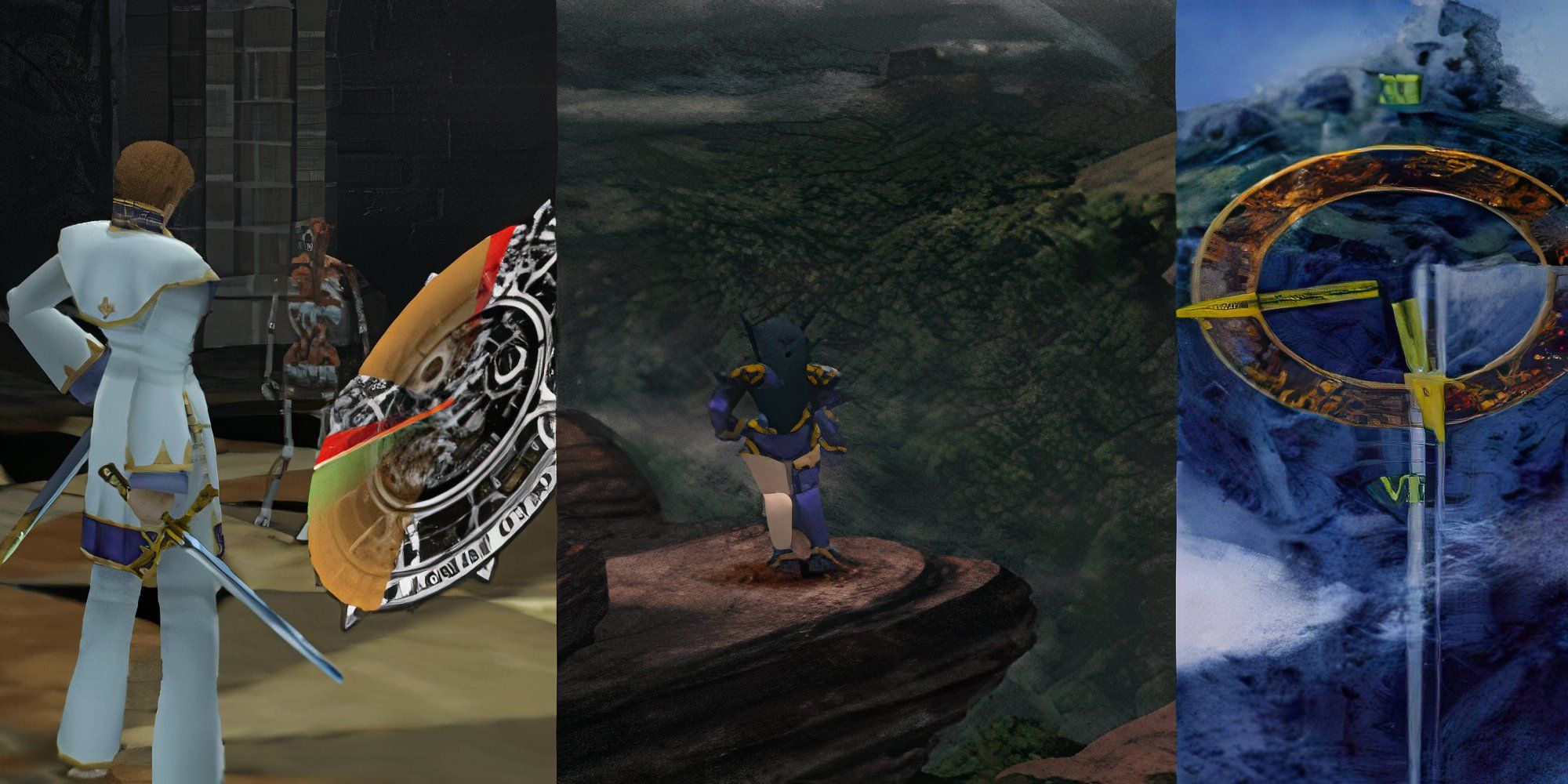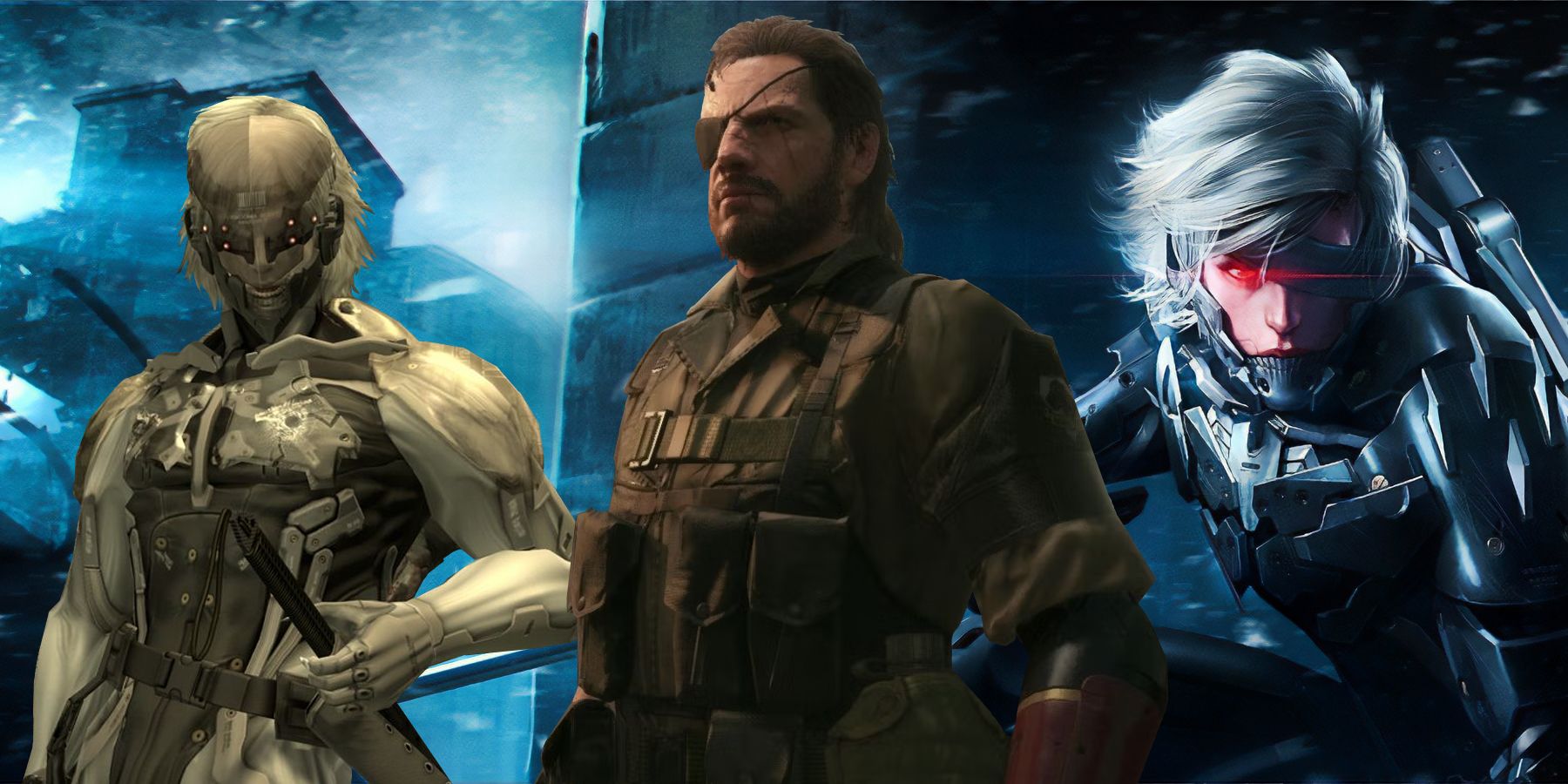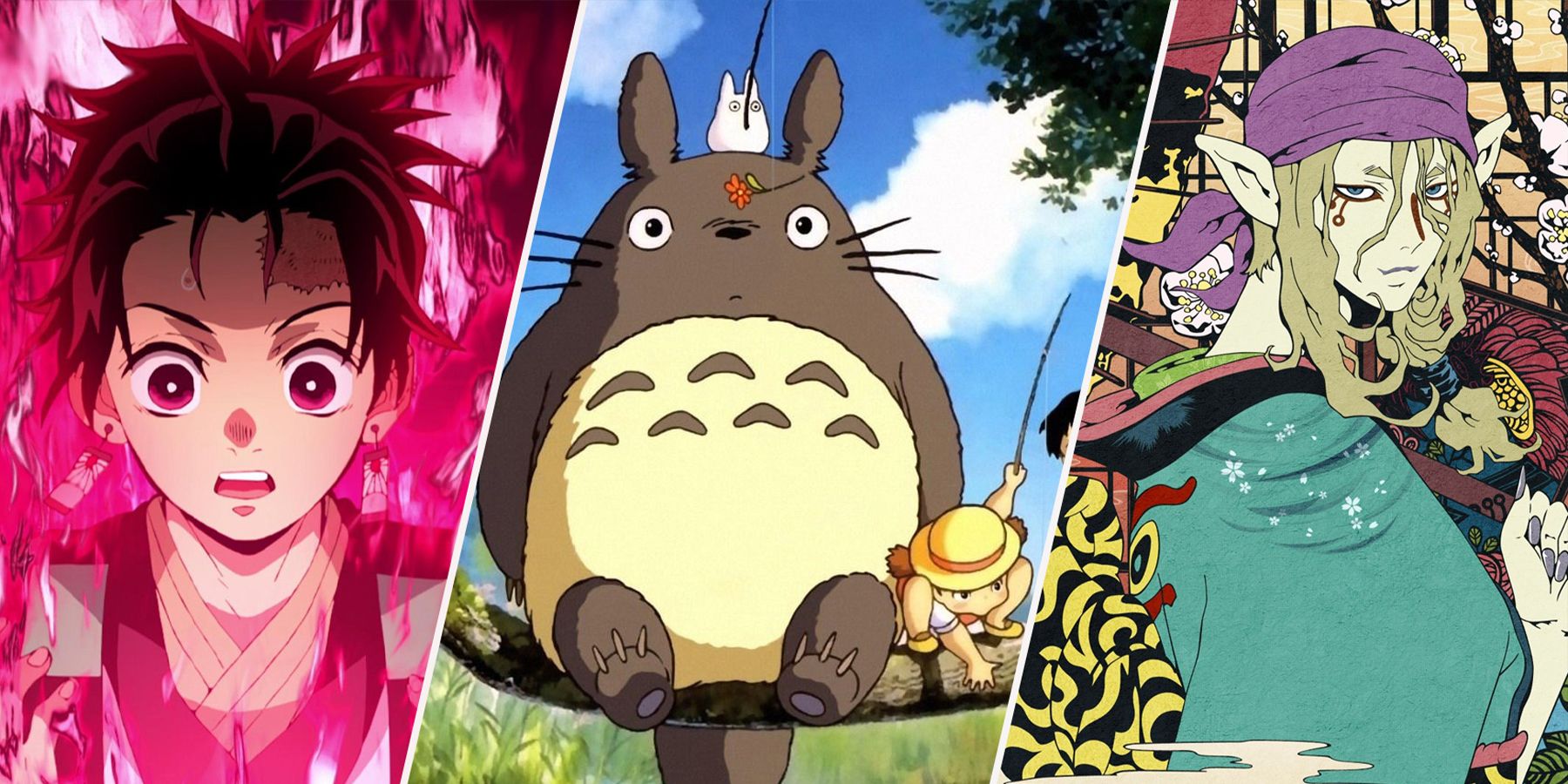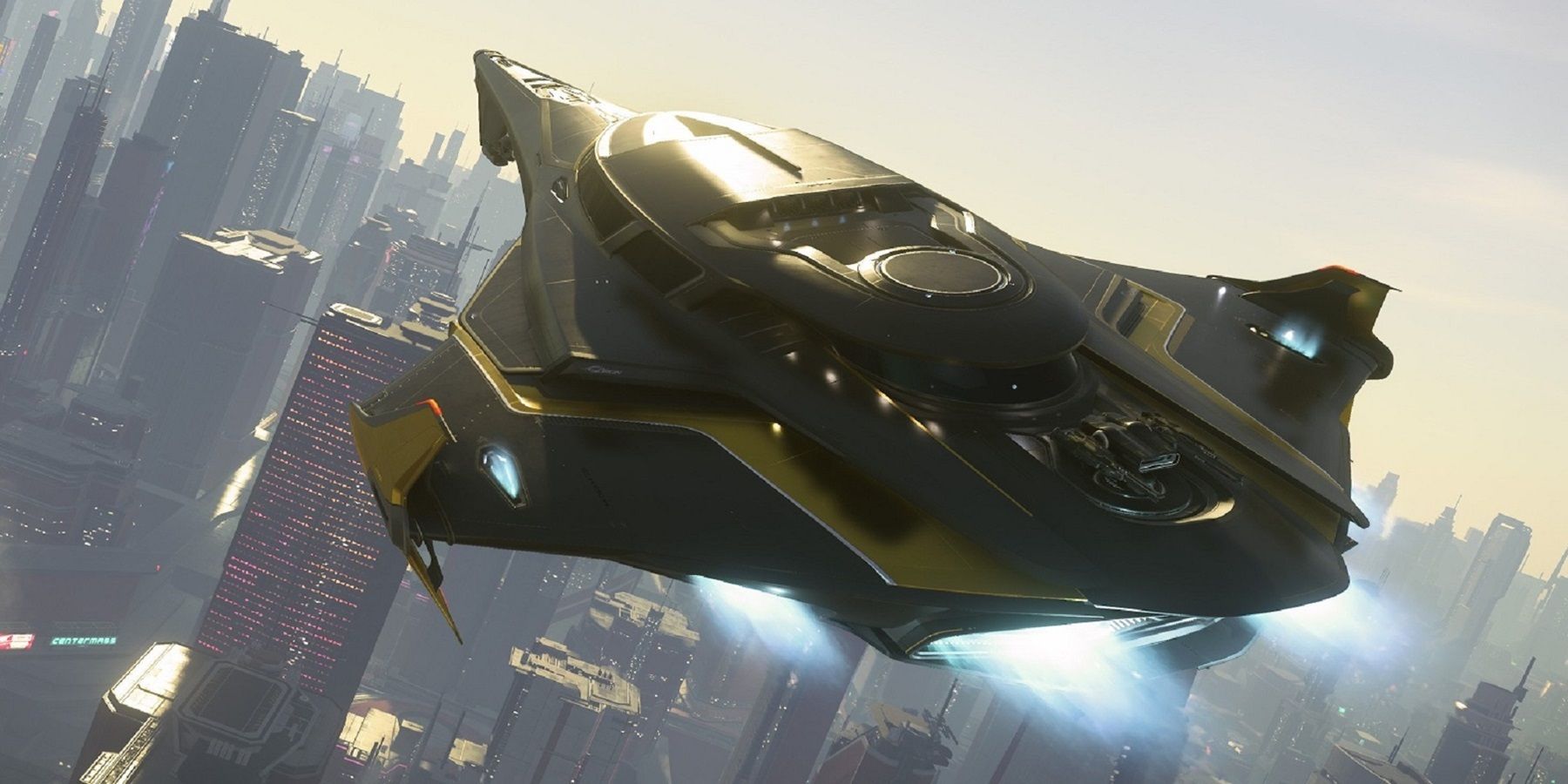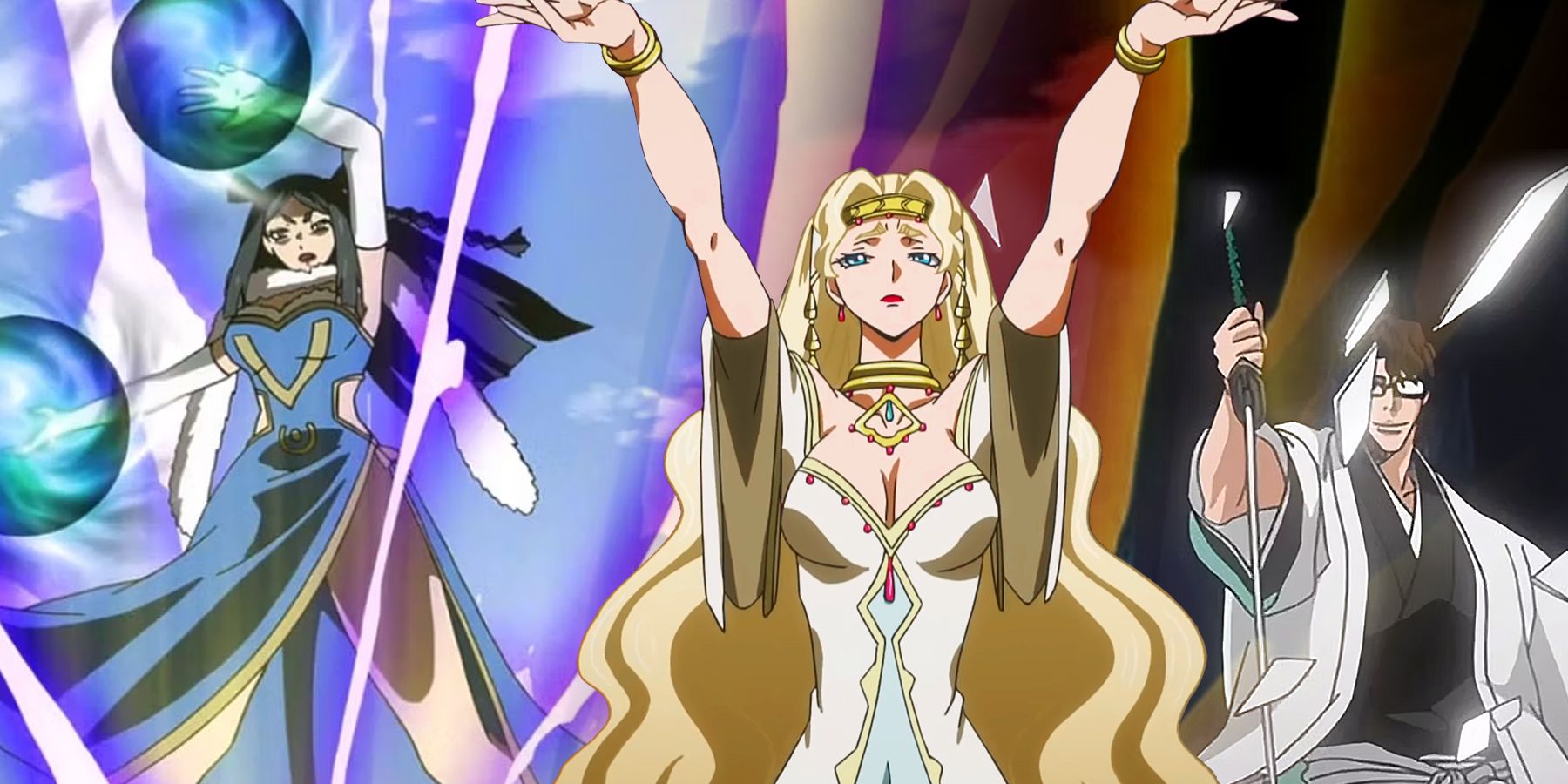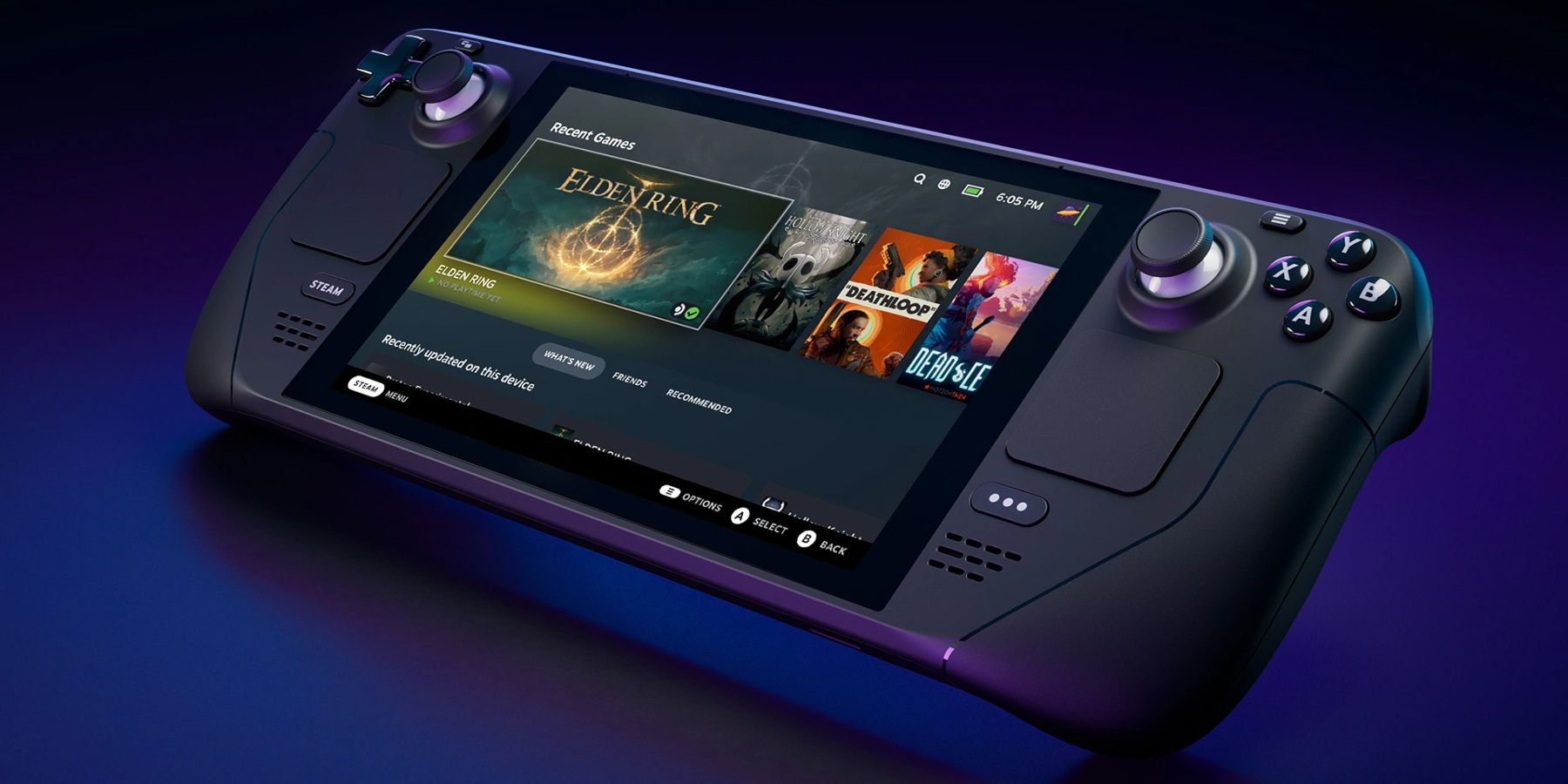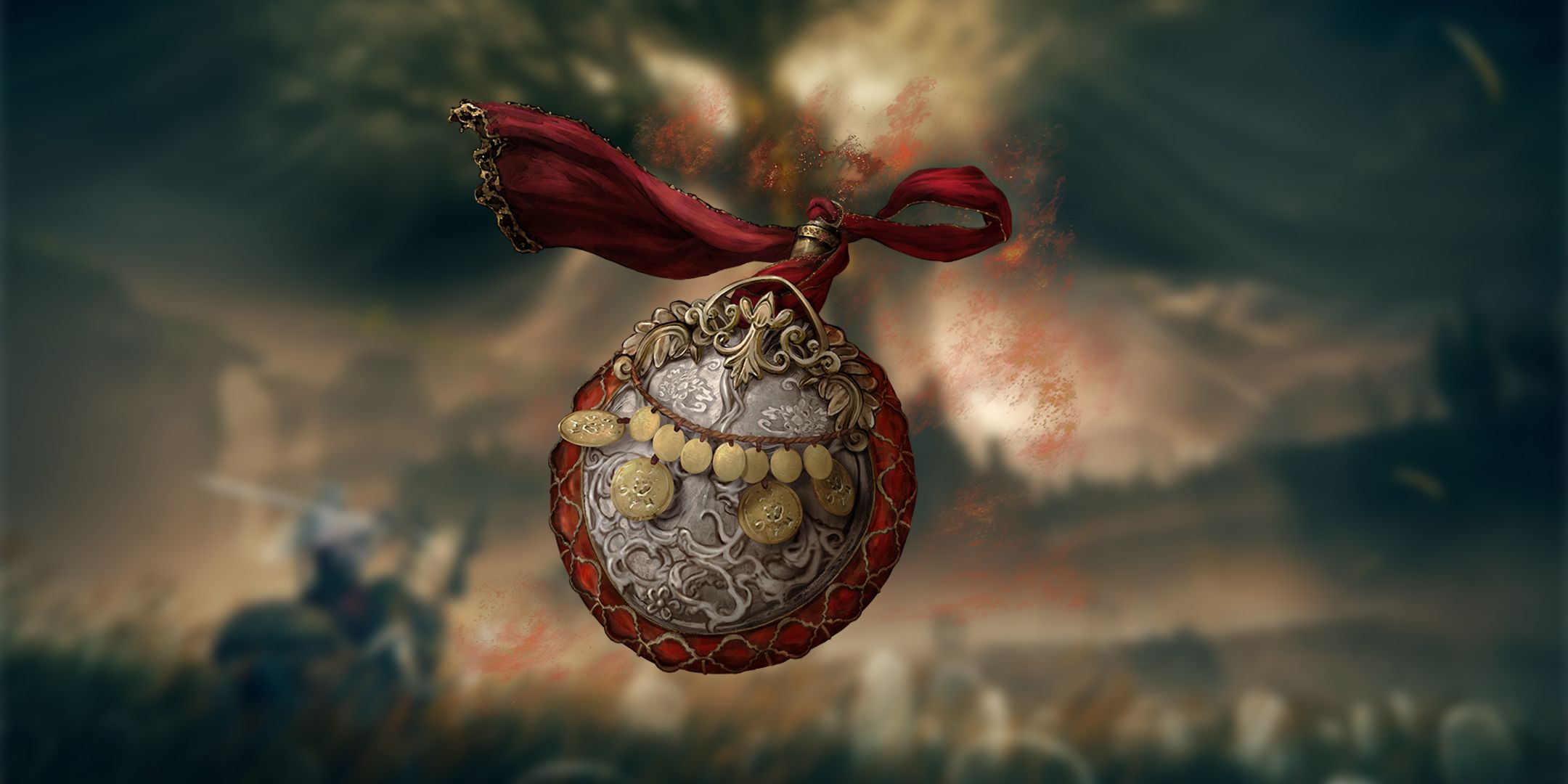Key Takeaways
- Traditional JRPG tropes like turn-based combat and world maps are fading in favor of more action-focused systems.
- Old JRPGs featured multi-disc games, a concept that has mostly disappeared in modern times.
- Pre-rendered backgrounds, synthesized music, and defeating god were iconic elements of old JRPGs that have waned in popularity.
If there’s any genre that is built on the strength of its tropes, it’s the JRPG, as this phenomenon has captured the imaginations of players for decades. Ever since its introduction in the 1980s with the likes of Dragon Quest and Final Fantasy, the trends and methods of this iconic genre of gaming have cultivated a long-lasting legacy. But as time has worn on, the elements that made up some of the most memorable JRPGs have slowly started to fade away.
Related
5 Best JRPGs That Break Traditional Genre Conventions
Not all JRPGs follow the genre’s exact formula. Here are some of the best that break away from traditional conventions.
The tropes that dominated a majority of JRPGs in the 80s and 90s, such as a group of plucky friends killing god or a game featuring multiple discs, are not as in fashion as they used to be. Even turn-based combat systems, the bread and butter of 1990s JRPGs, have conceded to more action-focused systems seen in the likes of Final Fantasy 7 Remake. But these long-forgotten parts of JRPGs from the past are still worth talking about, as they set the foundation for what this endlessly fascinating style of video game would become.
5 Unique Turn-Based Combat Systems
Inventive Turn-Based Combat Systems Were The Highlight Of Old JRPGs
Turn-based battle systems are a standard of traditional JRPGs, but some of the better ones feature more unique systems of combat. The Active-Time Battle system, known as ATB, was designed by Hiroyuki Ito and introduced in Final Fantasy 4. It established many of the elements, including linking turns to a countdown timer, that would influence Final Fantasy battle systems moving forward.
Meanwhile, games like Shadow Hearts: Covenant featured the Judgment Ring system, where an occult-themed ring would require player input to increase damage. Other inventive systems were created in games like Parasite Eve and Vagrant Story, where real-time movement mixed with turn-based inputs. Most JRPGs today use action combat, as these older systems of battle have fallen into obscurity.
4 Multi-Disc Games
Old JRPGs Used To Require Multiple Discs
As most games don’t even come on discs anymore, it’s difficult to remember a time when they would come on multiple discs. Recent examples like Red Dead Redemption 2 and Cyberpunk 2077 are rare, as the early JRPGs were so stuffed with content that fitting everything into the limited storage space of PS1 and Saturn discs proved challenging.
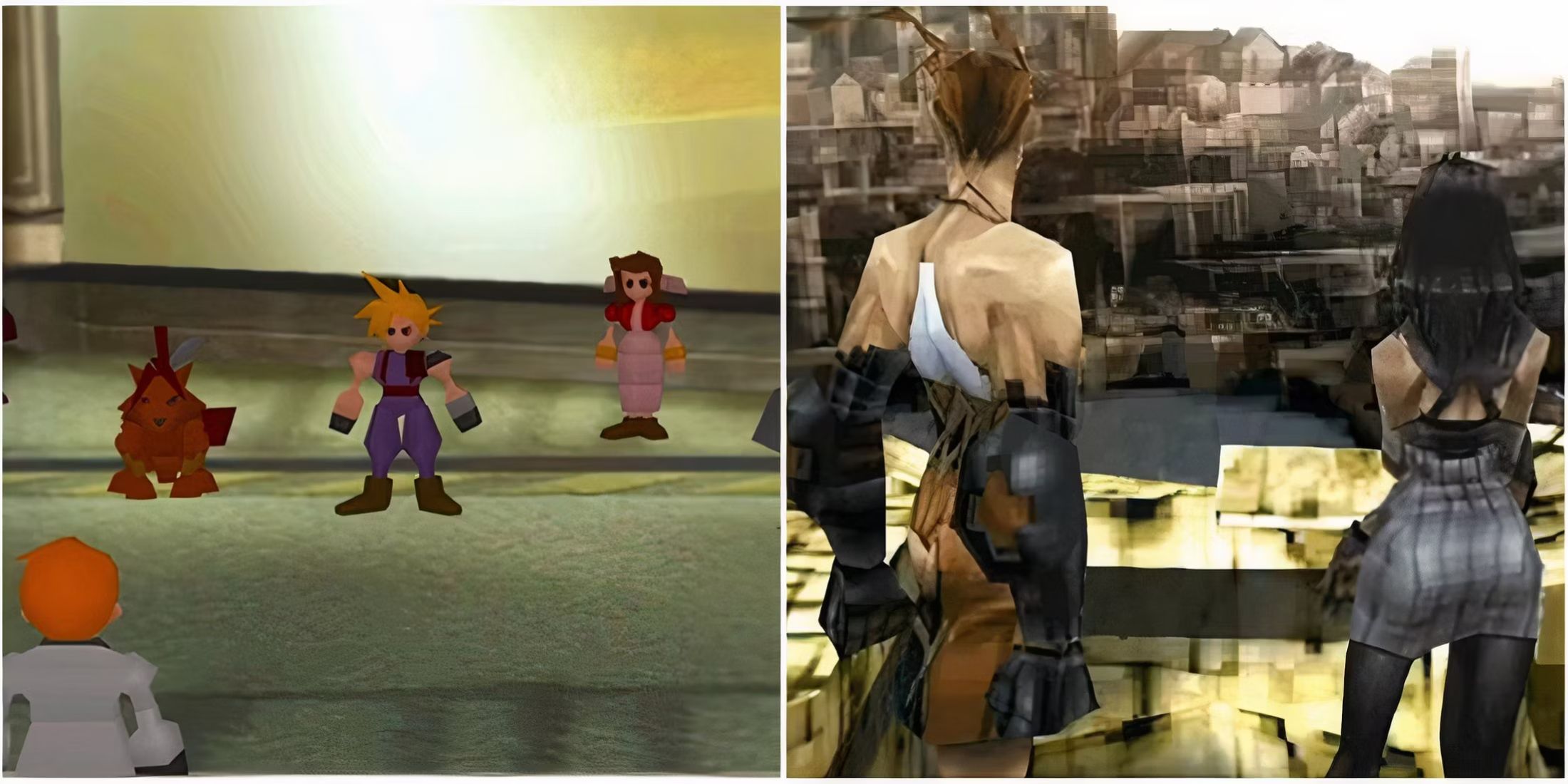
Related
5 PS1 JRPGs With The Best Stories, Ranked
The PlayStation 1 was home to some great JRPGs, and these particular ones featured incredible stories for gamers to enjoy.
The PS1 Final Fantasy games were released on multiple discs, while the horror JRPG Koudelka required a massive total of four. Other games, like Xenogears, Parasite Eve and Grandia, also needed two discs. JRPGs don’t often require more than one disc these days thanks to increased storage space and hardware, if they even have a physical release to begin with, and the days of a game branding itself as a massive adventure needing multiple CDs ended a long time ago.
3 Synthesized Orchestra Music
Charming Synthesized Music Is A Thing Of The Past
Many of the elements that made old JRPGs so memorable often came down to hardware limitations, as developers like Squaresoft and Enix would have to make the most of what they had. And when it comes to music, composers were limited to the capabilities of the sound chip inside the machine, relying on synthesized music that made use of virtual instruments as opposed to a live orchestra. It produced some truly magnificent soundtracks, including the likes of Chrono Trigger.
These days, most JRPGs are given the royal treatment with a 100-plus piece orchestra and the highest sound quality possible. But the early days of JRPGs had to make use of samples, resulting in music that was far more melodic and emotive, as they had to carry many of the text-heavy scenes. It was how composers like Nobuo Uematsu and Yoko Shimomura were able to compose such outstanding music, even with the limited technology they had at their disposal.
2 A 3D World Map
Massive World Maps Defined Old-School JRPGs
After escaping the boundaries of Midgar, stepping out into the massive world of Gaia in Final Fantasy 7 was one of gaming’s most incredible moments. And the same could be said for any old JRPG to feature a lush 3D world map, a common element of games from the past, that has sadly been forgotten over the years.
It tied brilliantly into the progression of many of the genre’s greatest JRPGs, as players would go from walking, to driving, to sailing and all the way to an airship. It was the ultimate sign of evolution, that you had seen an entire planet, and the 3D world maps really sold that illusion. But as the genre started to grow, world maps started to disappear and make way for a more streamlined approach, and this beloved JRPG trope was phased out.
1 Pre-Rendered Backgrounds
Beautiful Worlds Made Possible By Hardware Limitations
As impressive as the fifth-generation of video game consoles were, they were still limited by what the technology could offer and developers had to find fancy tricks in order to display massive worlds within a tight hardware budget. This gave way to the pre-rendered background, the practice of creating a beautiful, lush landscape and adding collision for a 3D polygonal character to walk on. It worked so well that it wasn’t just JRPGs doing it, as survival horror games like Resident Evil would also make use of the technique.
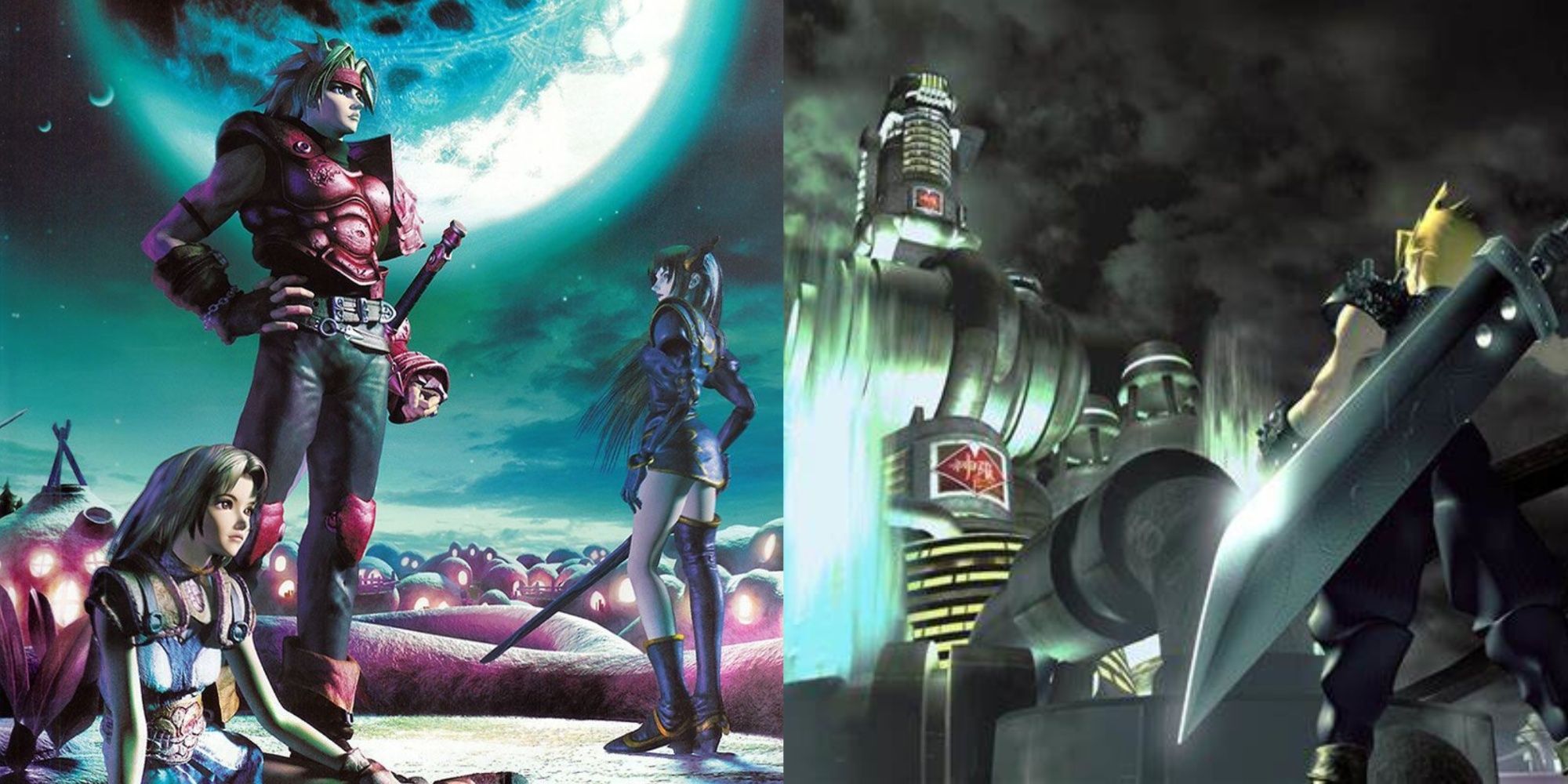
Related
5 Best JRPGs With With Pre-Rendered Backgrounds
Pre-rendered backgrounds were a creative way to bring a developer’s vision for a JRPG to life. Here are some of the games that executed it best.
As hardware improved and technology started to explode at a rapid pace, the need for pre-rendered backgrounds started to fade away. More and more JRPGs started using 3D worlds instead, resulting in the untimely death of the pre-rendered background. The aesthetic has proved popular, however, as it still maintains a place in the hearts of everyone who enjoyed those old JRPGs. Even so, pre-rendered backgrounds don’t show any sign of coming back into the spotlight anytime soon, as they have disappeared from JRPGs save for remasters of older titles.
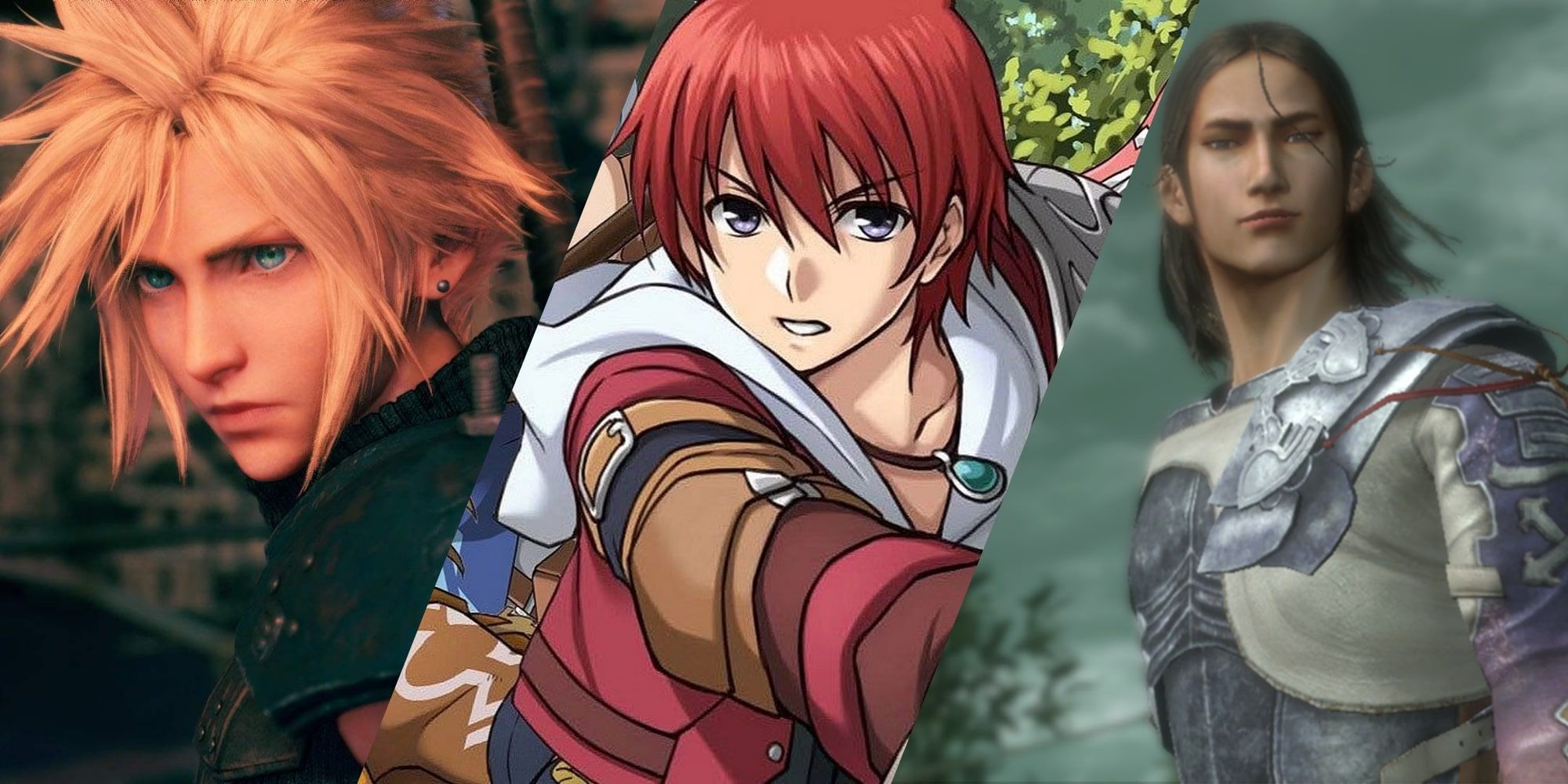
More
10 JRPG Where The Main Character Has Amnesia
Amnesia is a popular trope in JRPGs, and these games use that element to its best potential.


